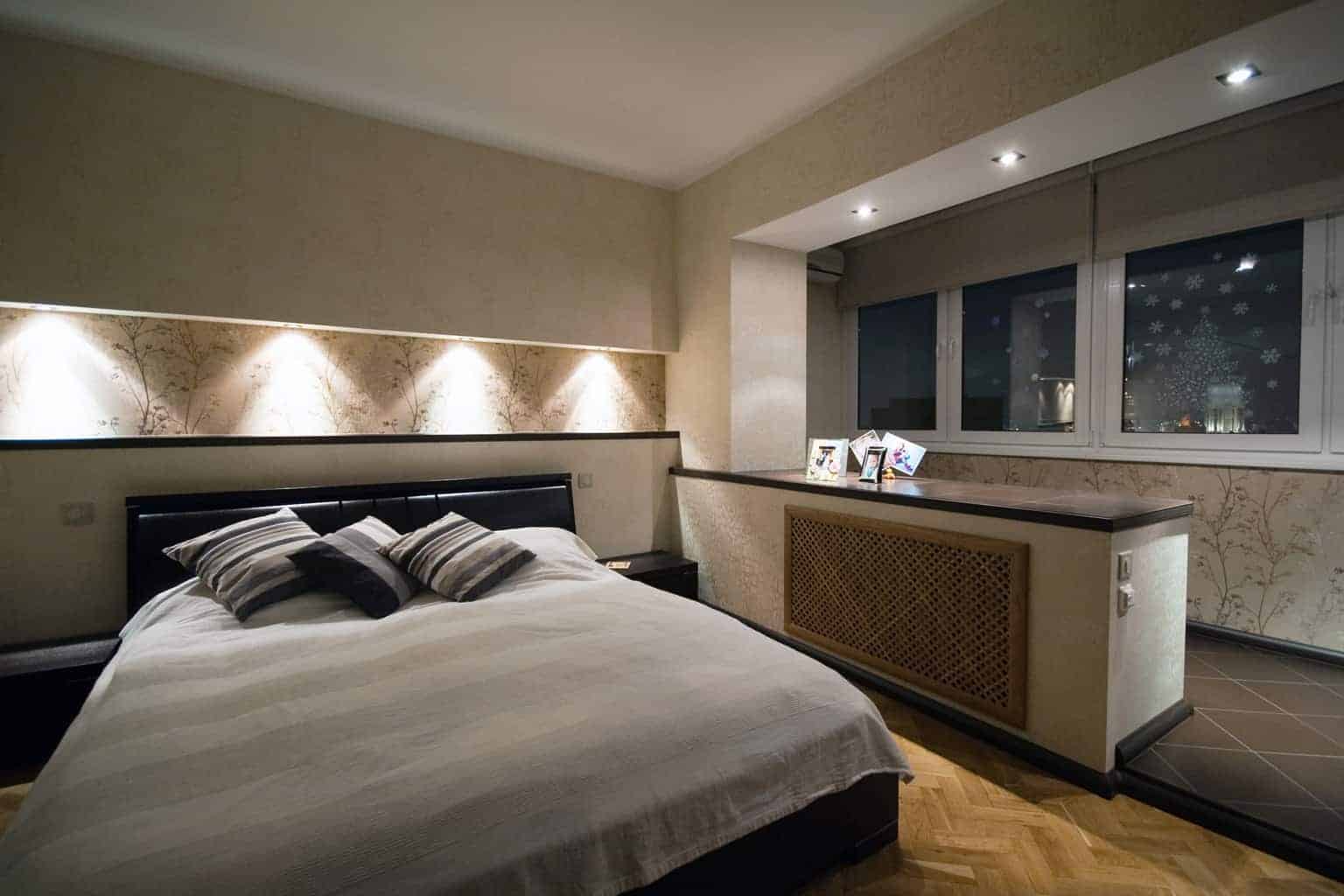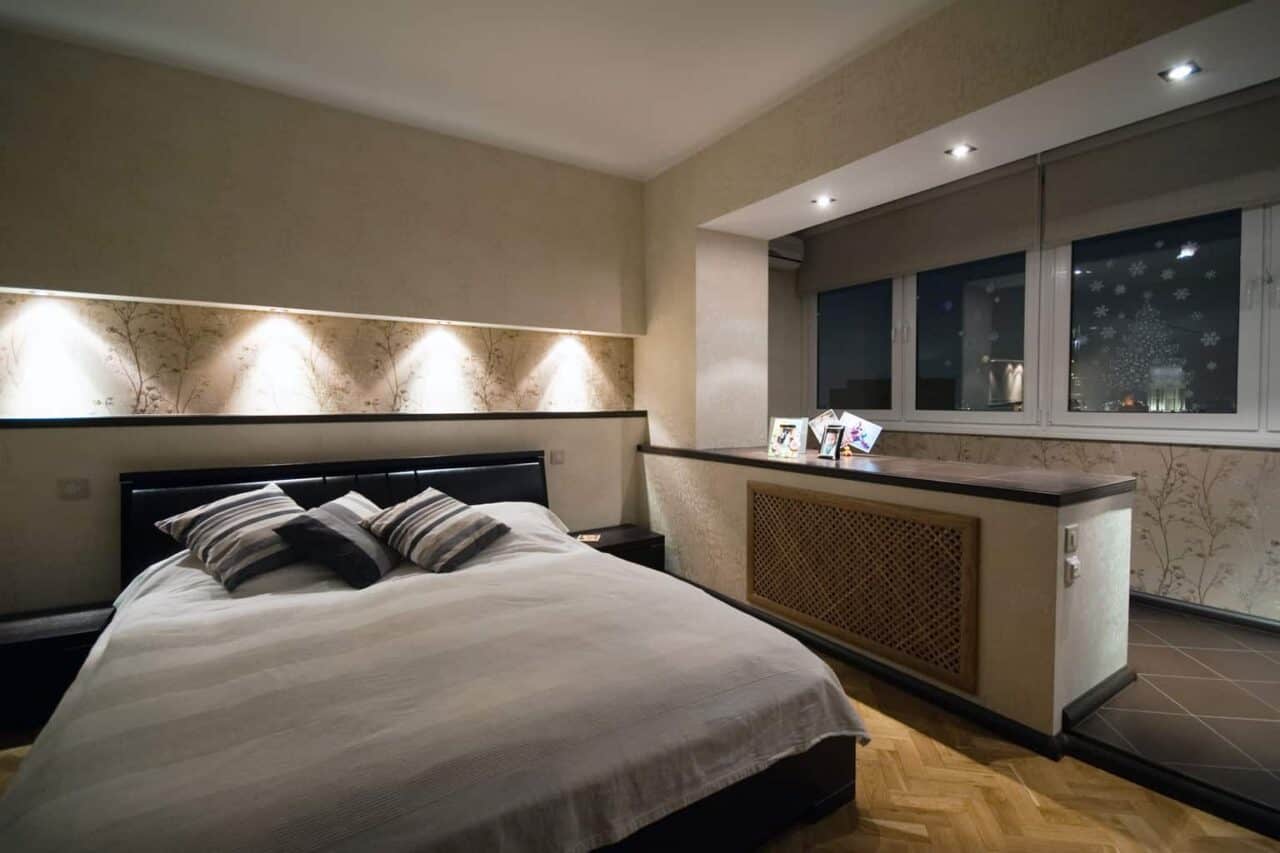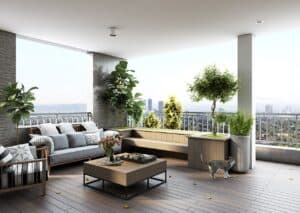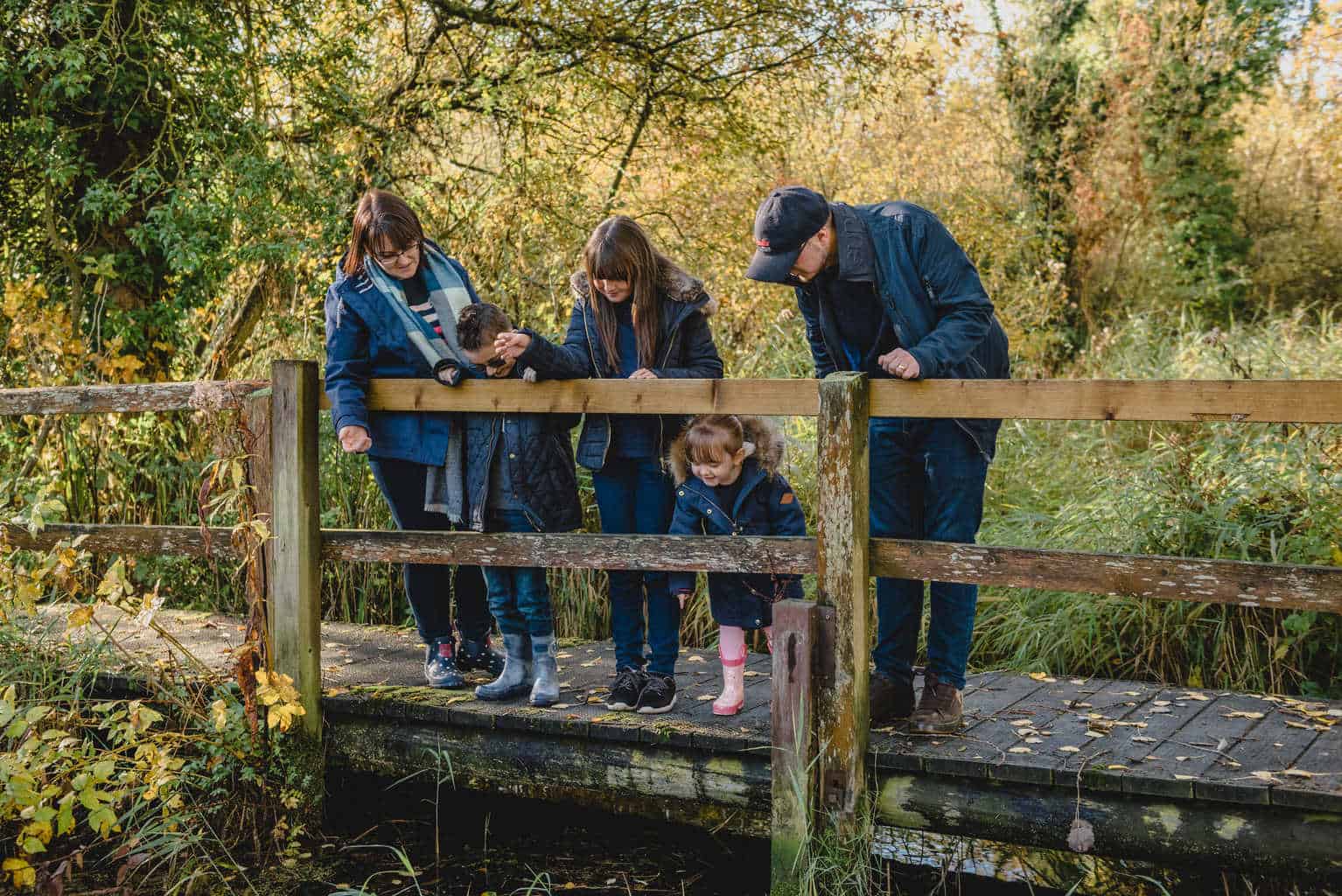The way you light a space will determine the look and feel of an area. Solely turning on an overhead light every time you walk into a room may work well for lighting the entire area, but it won’t do much for unwanted shadows or comfort. There are three lighting layers that offer the solution for all your lighting problems. But only one lighting fixture can create all layers. Recessed lighting is multi-faceted and can be used in every area of your home. Before installing them, educate yourself on them. Then know your purpose for lighting and where you will place them in a room. The great thing about these fixtures is that you have absolute control over functionality and aesthetics at any given time!

Choosing Recessed Lighting
Before choosing your lights, the first step is knowing what exactly recessed lights are. These lights, also known as can lights, pot lights, or high hats, are fixtures that are installed into features, such as a wall or ceiling. Recessed lights can perform all three layers so make sure you know which is which and what they do. Ambient lighting illuminates an entire room, such as overhead lighting. For shaving or applying makeup, task lighting is used. If you want to add visual appeal, then accent lighting will do the job. It will highlight certain features in a space. Your fixtures should also match the style of the space so knowing about trim and housing is helpful.
Trim and Housing
The exposed part of the fixture that surrounds the light is the trim. They come in different styles and sizes. You can choose wood or metal trims, a round or square shape, or the material, such as glass. Make sure the trim that fits the style of the room. To determine what size fixture, you need to know its purpose first.
Once you know how you would like to use the fixture, you will need to choose the aperture. This is where the light shine through. The standard size trim is 3-4 inches. Smaller apertures are perfect for accent lighting but not ambient lighting. It is best to go with an adjustable or gimbal trim for accent lighting. That way, you can control the direction of the light. Note, if you plan on installing recessed lighting in a wet area, such as the shower or outdoors, use a wet-rated fixture or shower trim to avoid the dangers of mixing water and electricity.
The second part of recessed lighting is called the housing, which encases the recessed light for protection. If a home has existing ceilings, use “remodel” housing. Cut a hole in the drywall or sheetrock and place the fixture into it, leaving the trim exposed. Then clip the fixture in place. For a home that doesn’t have drywall or sheetrock, use “new construction” housing. Housings are rated for safety. You will need Insulation Contact (IC) rated housings if they are going to be surrounded by insulation. Non-IC rated housings cannot have insulation around it to provide a buffer around those housing as a safety precaution. Both housing and the trim must be checked for compatibility even if they are made by the same manufacturer.
Installation
Proper recessed placement and installation are important for effective recessed lighting. You must know the total wattage that would be needed. First, multiply the length of the room by its width to get the total area. Then multiply the total area by 1.5 to get the required wattage. Now you will need to know how many lights you will need for adequate illumination. Simply divide the total wattage by the wattage of the bulb.
Because LED lights typically don’t use watts, check the comparison details provided on the package. LEDs are also inconsistent with colours. Two bulbs from the same brand may have a different colour quality. Be sure to test the bulb colour first. Find an LED light that will give warm glow close to 2700 Kelvins halogen and incandescent bulbs produce. However, pay attention to your local codes as they may require you to use LEDs.
It is best to separate your home into zones and install dimmers in those locations. That way, you have complete control over the lighting layers in all areas. Dimmers also save energy, money, and extends the bulb’s lifespan.
General Lighting or Focal Point
As mentioned, recessed lighting can produce all three lighting layers – ambient, task, and accent. First, draw a blueprint of the areas to scale of where you plan to install the fixtures. Now, decide whether you want recessed lighting for general lighting or to create a focal point.
For general lighting place a recessed lighting fixture in the centre of the room. Then space the rest evenly around the fixture. There should be two feet of space from the walls and the ceiling fixtures. Leave two feet between each fixture. Another method for determining spacing is to divide the height of the ceiling by two. So, if the ceiling is 12 feet high, space the fixtures 6 inches apart. Proper spacing is important for removing dark corners and shadows which make the room seem smaller.
If you want to create a focal point, install recessed lighting directly above the space you want to highlight. Reading spots and artwork are examples of areas you can highlight. Like general lighting, place your recessed lighting in the place that you want to highlight and then space the rest of the lights around it. Remember, you can trade in focal points for general lighting anytime with the flip of a switch.
Room by Room

Bathroom
One room in the home where recessed lighting would be extremely useful but not commonly used is the bathroom. Recessed lighting in your bathroom serves both functional and aesthetic purposes. Because you spend so much time in that room, devote the time to enhance its look and feel. Mimic sunlight using recessed lighting and illuminate the entire room. Although recessed fixtures aren’t normally recommended for ambience lighting, you can illuminate the space by placing the fixtures along the perimeter of the bathroom.
A vanity bar on top of the mirror will provide enough lighting for personal grooming. Brighten up the area with cross illumination by putting wall sconces on both sides of the mirror. Placement of these fixtures will eliminate ugly shadows. Mirrors that are above the sink with fixtures on both sides should be 30 inches apart. the height of the ceiling will impact the distance needed between the fixtures. If you plan on installing recessed fixtures in the shower, tub, or anywhere else that will likely be exposed to water, a “wet” or “shower-location” rating is required for safety. You will need a special “shower trim” with a built-in lens specifically for these areas. It is best to install LED dimmers, especially for nighttime bathroom visits.
Kitchen
If you need to cook or cut vegetables, convert the accent lighting to task lighting with a dimmer. Illuminate the entire room by turning up the brightness for ambience. When lighting countertops, make sure you install the fixtures 12-18 inches apart from your cabinets to avoid shadows. Surrounding the perimeter of the kitchen with recessed lighting is a great way to brighten the entire space. You can also choose to use the fixtures in conjunction with flush-mount ceiling lights for ambient lighting. You can also provide accent lighting to architectural details, cabinets, and any other features you want to bring attention to.
Bedroom
Recessed lighting for general lighting comes in handy if your bedroom doesn’t produce adequate sunlight. If you aren’t in the mood for general lighting and want the visual appeal, then put two 3-4 inch cans on either side of the ceiling mount over the bed. Again, install a dimmer to control the mood and functionality of the space. Avoid placing too many recessed lights in a room or it will result in an extremely bright room. Feel free to combine all layers together using different fixtures, such as table lamps, pendants, and other decorative fixtures. This will balance out the space. The lighting you use will help you create a comfortable space where you can escape to and relax.
Tip: Depending on what level the room is located, you may need an air-tight fixture. It prevents cool and hot air from escaping through the fixture into the attic. So, any rooms on the top level will need it.
Before you decide to install recessed lighting in your home, it is best to contact an electrician or contractor to find out whether your lighting plan and local municipalities allow those fixtures. Every room is going to have a different lighting design, so make sure you draw a plan. Learn as much as you can about recessed lights and use that knowledge to create a space that is comfortable and inviting not just for you, but for anyone who is in it.
Featured Article






























No Comments